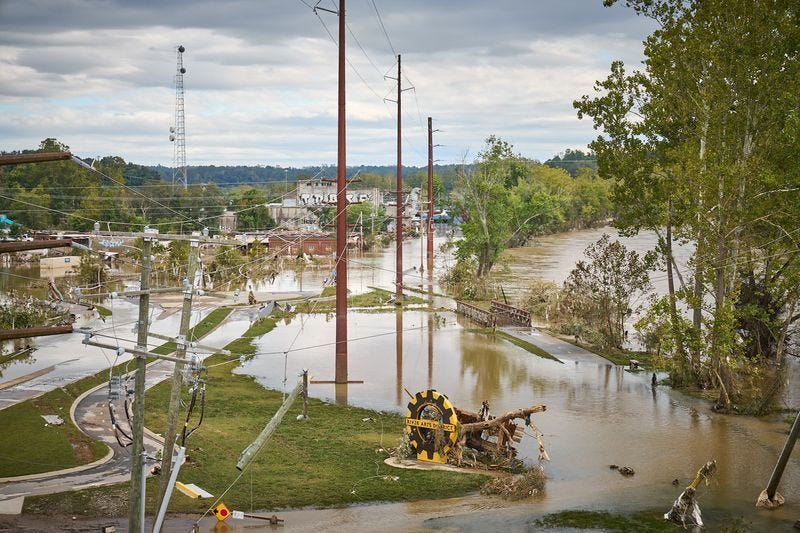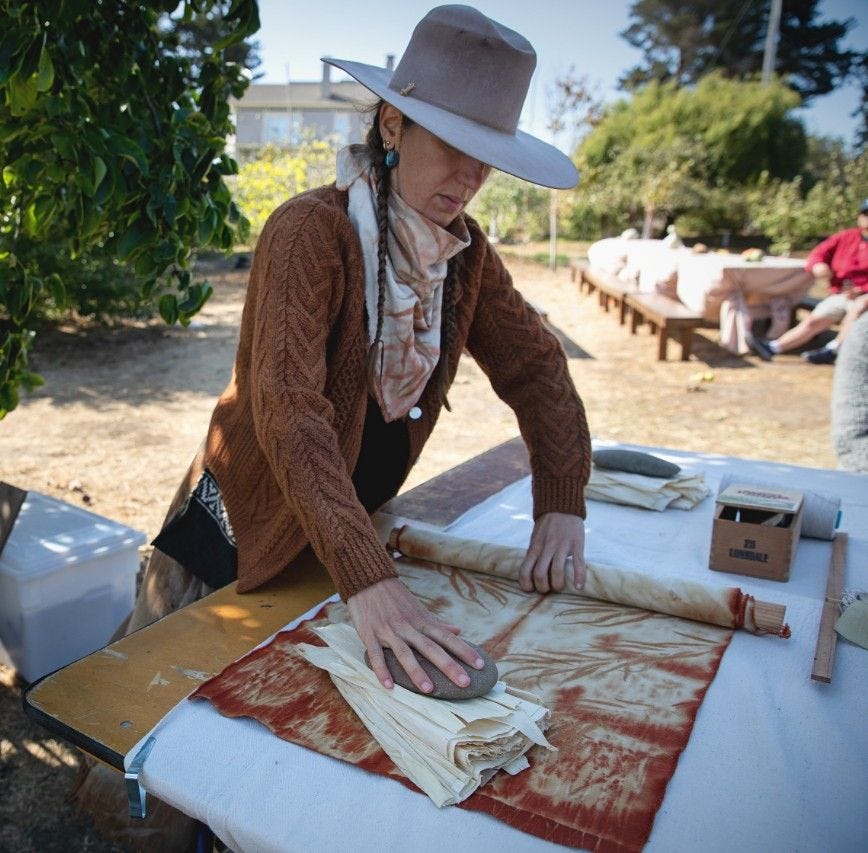Women Who Embroider the Air
On a small island near Venice, the ancient art of hand-sewn lace is still being practiced today. Meet the master craftswomen who are keeping this tradition alive in a fast-changing world.
“By the late 1600s, demand for lace became so intense that people started smuggling it. Lace was hidden in parasols, bakery goods, and on babies.”
Dear Friends,
Throughout the fall season, we’re presenting several stories that touch on the cozier themes of autumn—namely, food and textiles. But before we get to that, we want to acknowledge the recent and very serious blow delivered to the world of craftsmanship by Hurricane Helene.
Our friends at the Center for Craft, based in Asheville, NC, have opened an emergency relief fund specifically to assist artists and craftspeople in Western North Carolina. With its deep ties in this region, CFC has the capacity to raise and deliver emergency funds quickly and efficiently. If you wish to donate to this effort, please visit their website.
Our hearts are with all those affected by Helene as they work to recover and rebuild their communities.
And now, back to our Friday feature: We hope you’ll enjoy reading (and listening to) this week’s story, “Women Who Embroider the Air,” written by Erla Zwingle. The audio version, narrated by Nancy LeBrun, can be downloaded directly from our site, or wherever you like to get your podcasts.
We always welcome your thoughts and suggestions, which you can offer in a comment, by tagging us in Substack Notes, or via email. Thank you for reading and sharing our stories, for supporting our work with a paid subscription if you can, and for being such a loyal part of the Craftsmanship community.
Sincerely,
Todd Oppenheimer
Publisher & Editor-in-Chief, Craftsmanship Magazine
ICYMI…
Read: “The Uncommon Quilts of Joe Cunningham,” by Jeff Greenwald
When Joe Cunningham started making quilts, in 1979, it was an unusual occupation for a man—a fact that set him free as a fabric artist.
Listen to: "Slow Fashion and Place-Based Economies," with Fibershed's Rebecca Burgess, interviewed by Chris Egusa
The founder and executive director of Fibershed discusses slow fashion's challenges, and what she learned from a year of wearing only clothing produced within 150 miles of her home.
Craftsmanship Magazine focuses on master artisans and innovators whose work informs our quest: to create a world built to last. In addition to our Substack offerings, you’ll find a rich archive of stories, podcasts, photo essays, and documentary shorts on our free website—along with community resources like our Artisans’ Directory, our guide to U.S.-based craft & folk schools, and much more.











The first (and only time) I came across lace making with needle and thread was in Jamaica! A small school for pregnant teens.